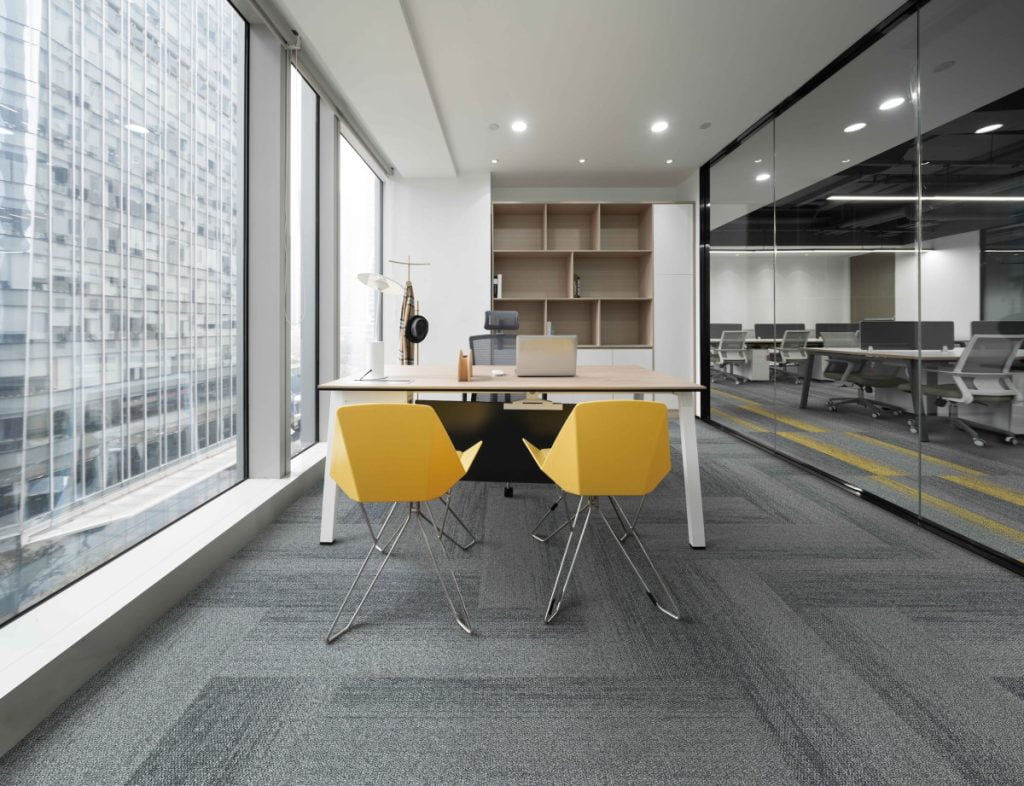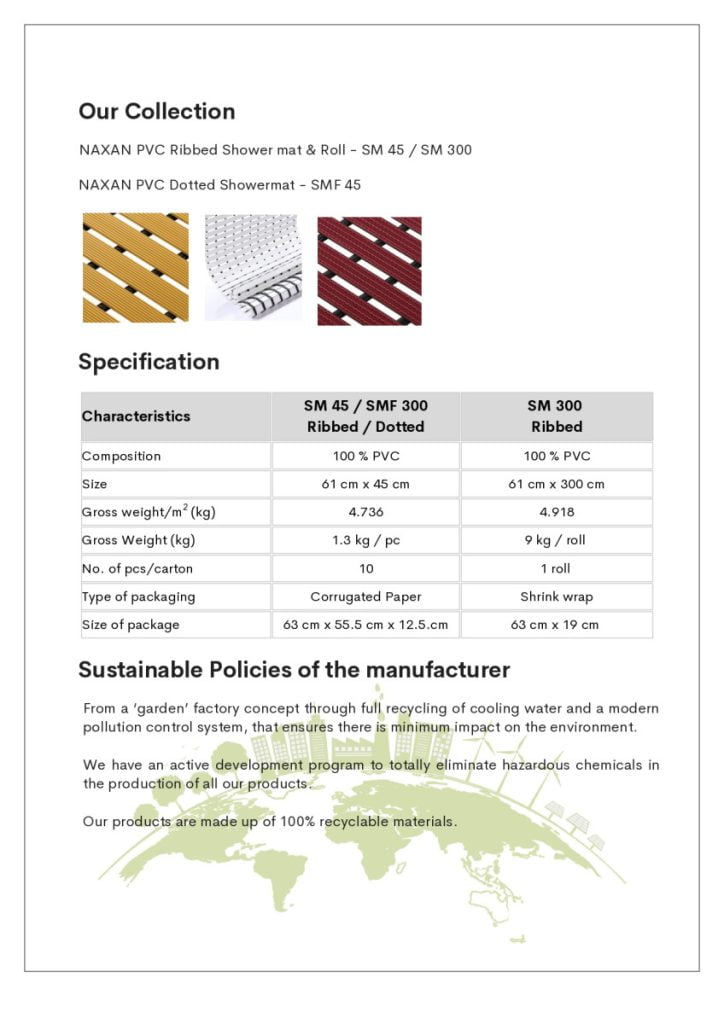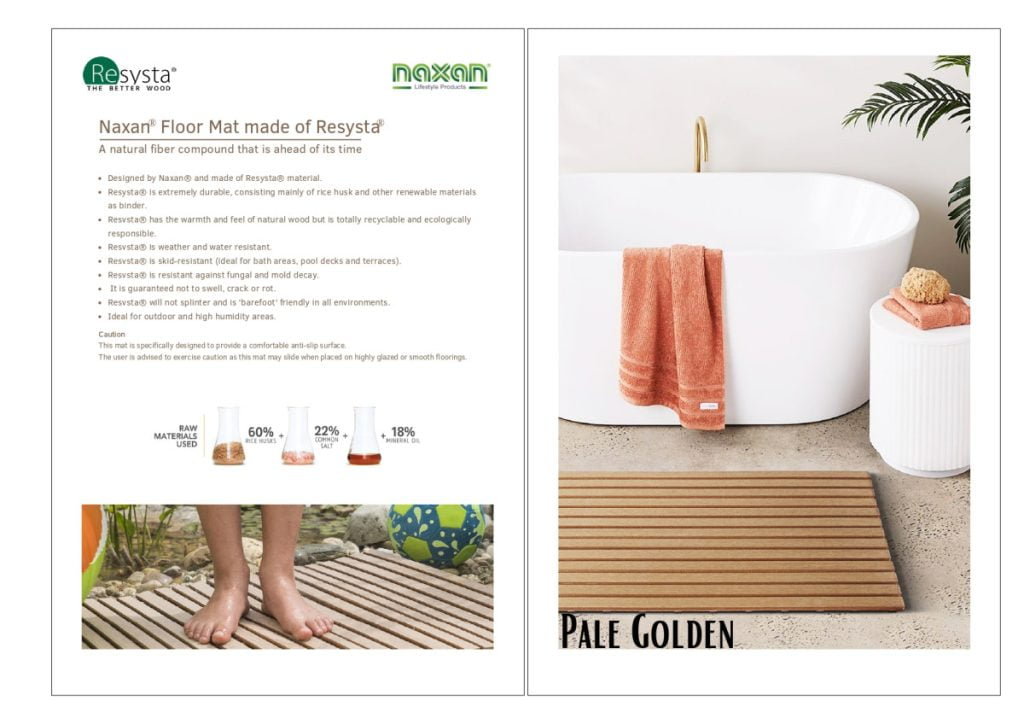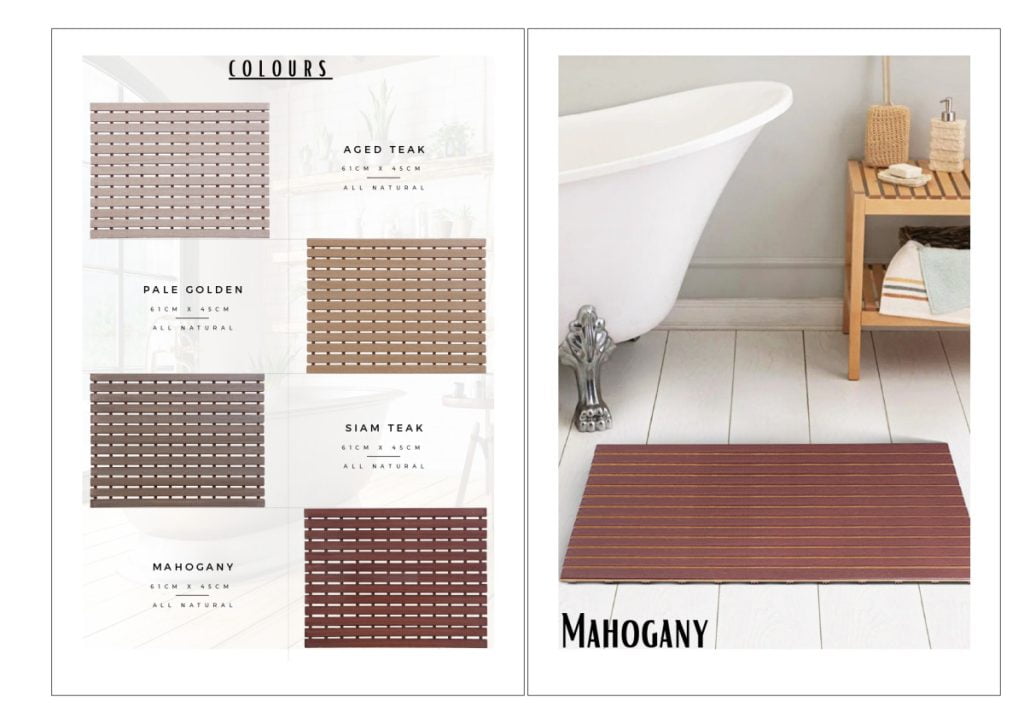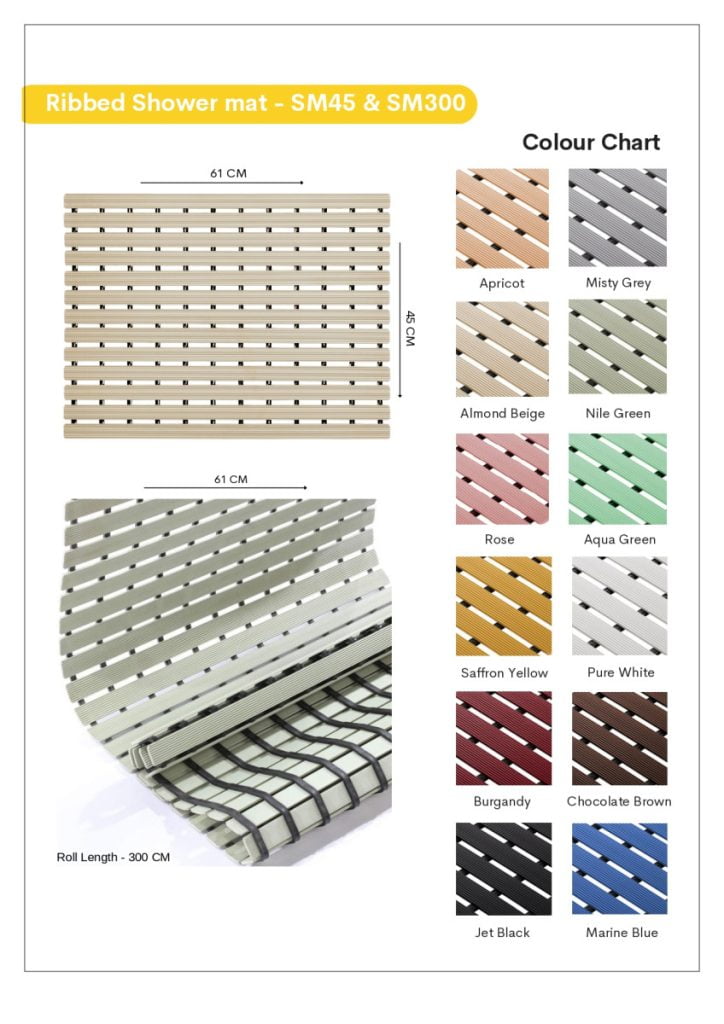Laying of Carpet Flooring Installation can actually transform the outlook of the place in question. Effect used as a factor which increases the comfort, warmth and the overall look of a room. Whether you are planning to install Carpet Flooring India or planning it elsewhere, following the expert guidelines will help in providing an installation. Now let’s reach down to the details of general carpet installation and ways to avoid a mistake.
Preparation Before Installation
Assessing the Room
Before one even starts the installation, the layout and the size of the room has to be first evaluated. Observe carefully if there are barriers including doorways, integrated furniture or when there is a blind corner. An assessment will help in coming up with better plans to install in this area.
Collection of Necessary Tools and Implements
Make sure that all the necessary tools for making the model and all the materials are available. These tools include utility knife, measuring tape, tack strips, knee kicker, power stretcher in addition to seam roller. It is preferred to have all these on stand-by because with all the work laid down, it create a smooth floor.
Selecting the Appropriate Carpet
Types of Carpet Flooring that is available in India
Carpet flooring type available in India include plush, frieze, Berber and cut & loop. Select an appropriate type to suit the trend of the rooms they are being installed. How many people walk in and out of the store. There are varieties of carpet such as plush carpet which provides luxury while Berber carpet is known to be most suitable for high traffic areas due its density.
Coordinating Carpet with Room Functionality and Aesthetics
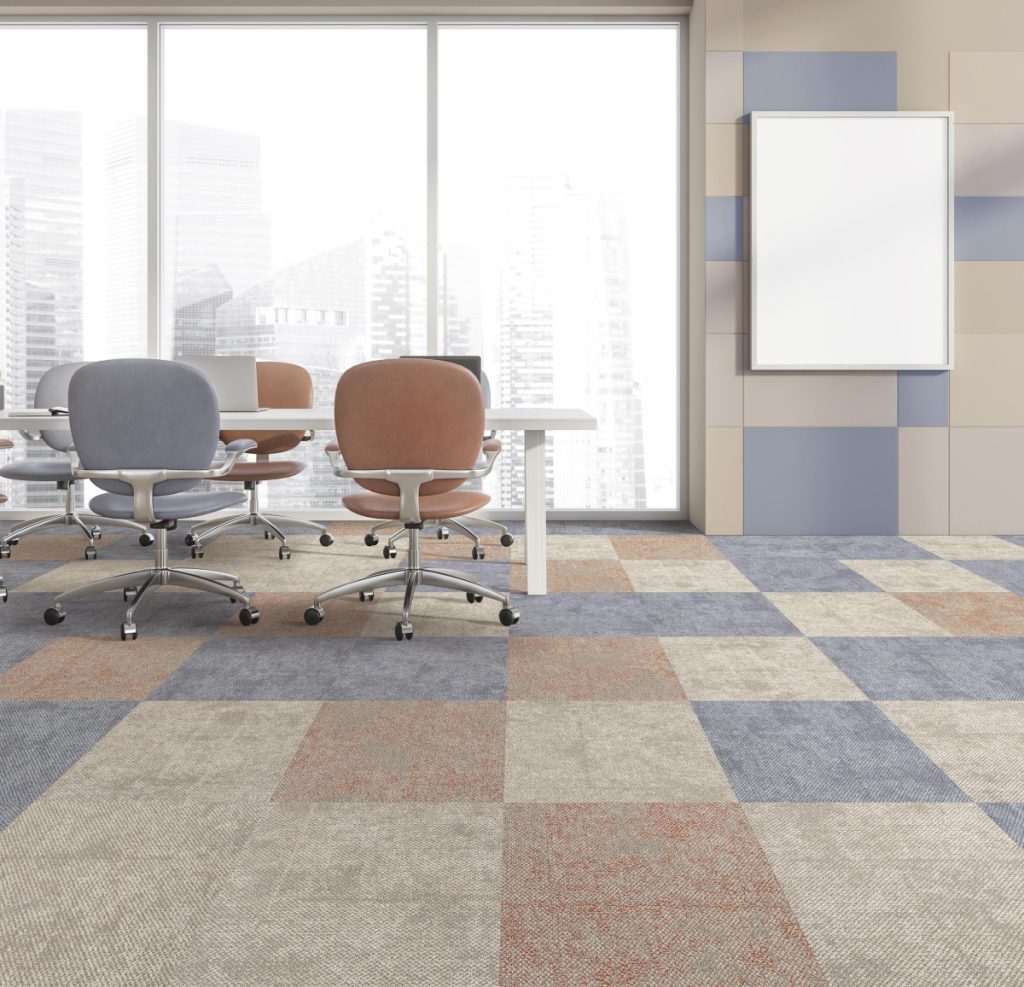
While choosing the carpet remember that depends on area also divide it into two categories Utility and look followed by room and its current interior design.
In its selection one has to consider that stain carpets should be used in the dining area while soft and cozy should be used in the bedroom. Ensure the color and design of the carpet can easily complement the rooms decoration.
As stated previously, before placing the carpet on the floor there are general steps that must be followed when preparing the subfloor. . Spencl the subfloor to make the surface flat so that it will not be uneven where carpets will be placed.
There is a high possibility that basement or concrete subfloors harbor moisture, which leads to mold growth underneath the carpet. In case that is necessary to use it, it is recommended to use a moisture barrier to avoid problems.
Accurately measure the room. If any part of the floor was shaped in corners or had other peculiarities, take it into consideration, so you will have enough carpet to cover the floor without leaving a space of uncovered area in between. Trim the carpet neatly with an utility knife: this should be done from the back as to avoid cutting the fibers.
It adds comfort and insulation and noise control, enhances the durability of your carpet because the carpet padding overshadow most impact and prevent it from wearing out quicker.
Tips After Installation
Start by altering the padding across the carpet it a direction and then arrange the fabric over the foam cushioning diagonally. Ensure they are well fixed in their positions by stapling or taping the seams in order to avoid dislocation. It will be important to ensure that the padding is well laid flat on the surface and all wrinkles, bumps, and lumps are ironed out before laying down the carpet.
Carpet Installation Methods: Stretching Vs Gluing
There are two techniques of putting the carpets onto the floor; gluing and stretching them. Stretching is done by power stretcher and tack strip for anchoring the carpet and gluing on the other hand refer to the method in which the carpet is adhered to sub floor. Therefore, select the proper method based on the type of carpet and the function that carpet will fulfill in the given room.
Carpet edges require protection or fastening because of their capability to unravel when a carpet is installed on a floor.
A knee kicker is used in stretching the carpet and then attaching it on the tack strips. Trim any excess vinyl using a knife and press it flat folding the edges over the surface where there was a cut sealing it for non unraveling put a seam roller and adhesive on the seams.
Final Touches
Trimming Excess Carpet
Cut off any carpet on the edges neatly with use of a utility knife in order to have clean edges.
Installing Trim and Moldings
Install baseboards and casings, around the rooms perimeter to hold the carpet edges in place and improve its appearance.
Tips After Installation
Immediate Steps Post Installation
When you are done installing carpet vacuum it then proceed to vacuum the carpet to remove fibers. Look at the collar for any exposed stitches that fasten them and fasten them immediately if they are loose.
Keeping Your Carpet For As Long As Possible
Consistent vacuuming, addressing stains as soon as possible and arranging for cleanings is imperative in order your carpet will not only look good but also last longer. Compliance with the instructions given while washing is very crucial so as to produce the best results.
If you fail to adhere to the measures highlighted below, you are likely to make one of the following installation errors.
Skipping Subfloor Preparation
If adequate preparation of the subfloor is not done, then on surfaces and occurrence of bad adherence of the carpet is expected. This is very important because you have to sweep and even the subfloor before installing your carpet.
Getting Measurements Wrong
Carpet and Installation Cost Analysis
Carpet costs and cost of installation also differ and such factors include type and quality of carpet as well as installation techniques and methods. Do not forget that in your budget shave to provide for such things as padding, adhesives and other tools you might need.
Cost Analysis; Carpet as Compared to Wood Flooring.
Although installation of carpet is cheaper than installation of hardwood flooring, hardness still has its advantages and property value is also likely to improve. When comparing the two options, the best thing to do is to consider the amount of money, which is your long term goals.
DIY vs. Professional Installation
That is why today we will be looking at the pros and cons of DIY carpet installation.
If you were to do it on your own you would spend less, although it would take some time, effort and a little skill. Mistakes that are involved in the DIY installations could be very expensive and of course, the repercussions on your carpet life span.
Advantages of Employing Professional Installment Companies
Manufacturers’ experts arrive in a vehicle with appropriate equipment and knowledge to do a perfect work.
They possess specialization in doing installations and are capable to provide guarantees for the services they are offering.
Frequently Asked Questions;
Vacuuming immediate stain removal and occasional professional cleaning are essential to keep your carpet looking fresh and prolong its lifespan.
Yes it’s possible to install carpet over existing floors. However consulting with a professional is advisable for adhesion and longevity.
Berber and loop pile carpets are choices for high traffic areas because of their tough dense fibers.
Carpet installation typically ranges from a hours to a day depending on the size and complexity of the room.
If wrinkles or bubbles appear due, to stretching its recommended to contact an installer to re stretch and secure the carpet properly.

